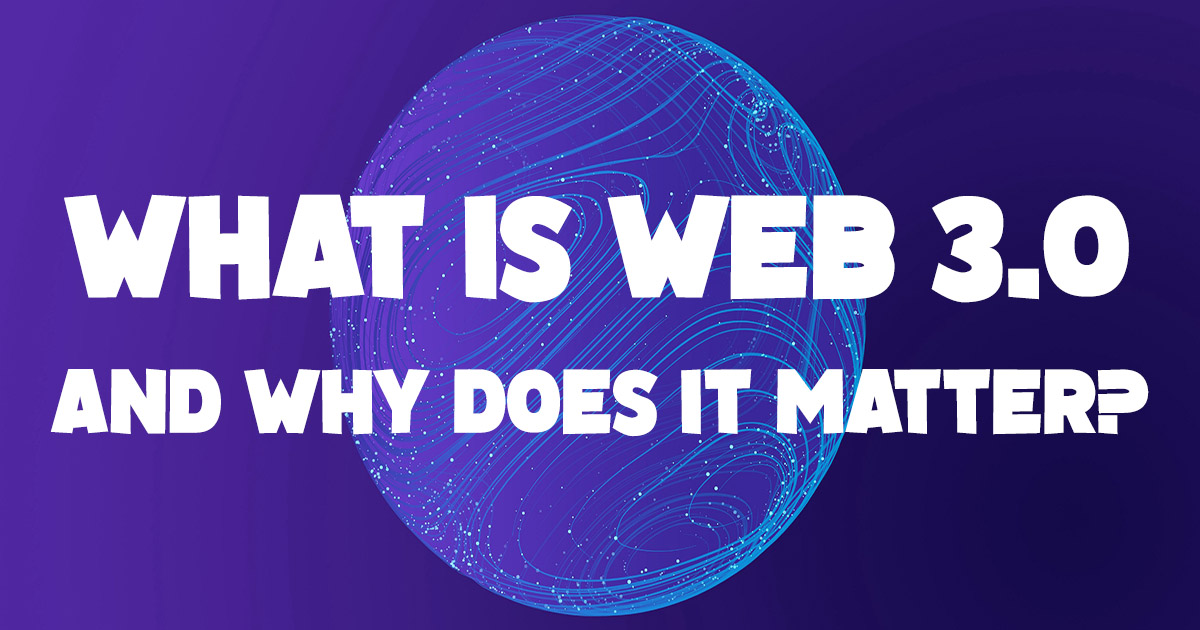When it comes to advanced internet services, Web 3.0 will soon take over the entire World Wide Web. The main goal of this third generation internet service is to create more connected, intelligent, and open websites.
It took more than a decade in order to transition from Web 1.0 to its newer version, Web 2.0, which is the current internet service used all over the world. Web 3.0 has still not arrived just yet, and it might take longer for it to fully reshape the web. On the other hand, technologies that are believed to eventually make up and define the latest internet services are currently in development. For example, IoT (Internet of Things) and SMART home appliances show how Web 3.0 has already impacted technology.
A Brief Summary Of Web 1.0 And Web 2.0
So far, there has been two phases of the web, commonly known as Web 1.0 and Web 2.0. Listed below is a brief explanation of how these services were and what they were able to provide their users back then.
Web 1.0
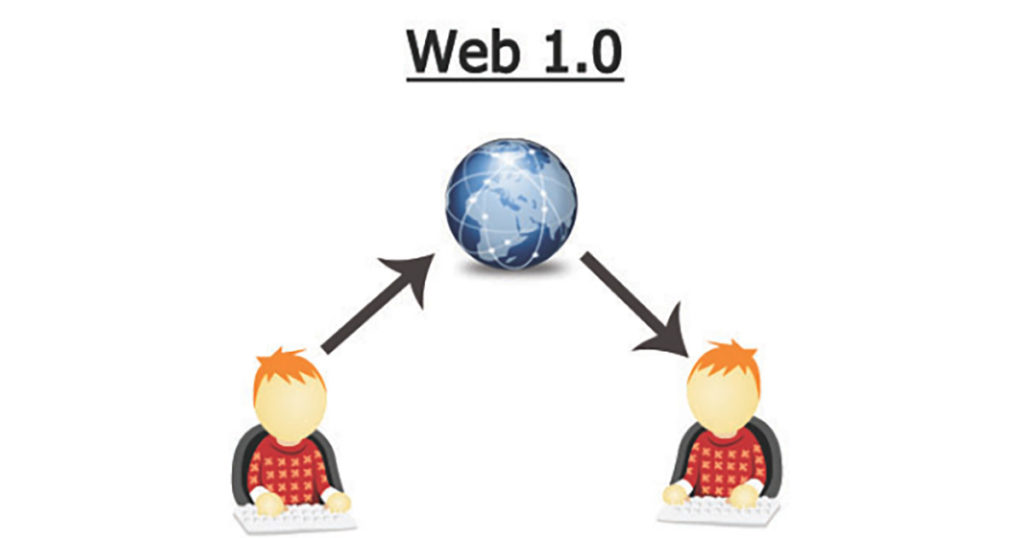
The first-ever internet service, where people were able to consume content through the internet. It consisted of web pages that were made up of simple images and text. There was pretty much no concept of user interaction. Plus, users were unable to generate their own content. In order to search for something, users would have to use specific phrases.
Web 2.0
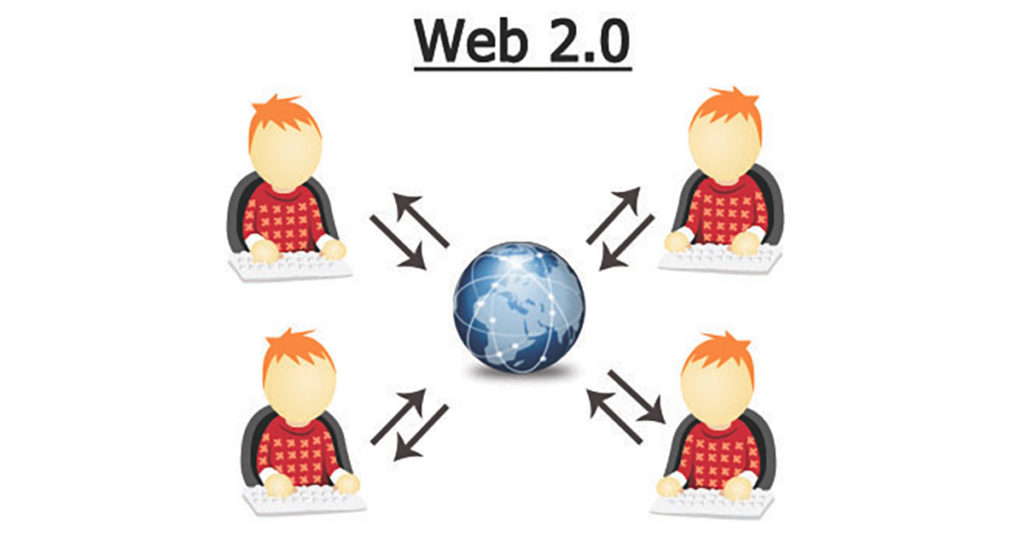
With Web 2.0 came the latest web designs and powerful web browsers. There was more emphasis on social and human interactions on the internet. Hence, we have the responsive web design that we use today. This gave rise to the web app, turning web pages into software apps, which can easily do hard tasks. Moreover, Web 2.0 also brought with it user-generated content, by allowing anyone to use publishing tools in order to promote their videos, podcasts, and writing.
What Exactly Is Web 3.0?
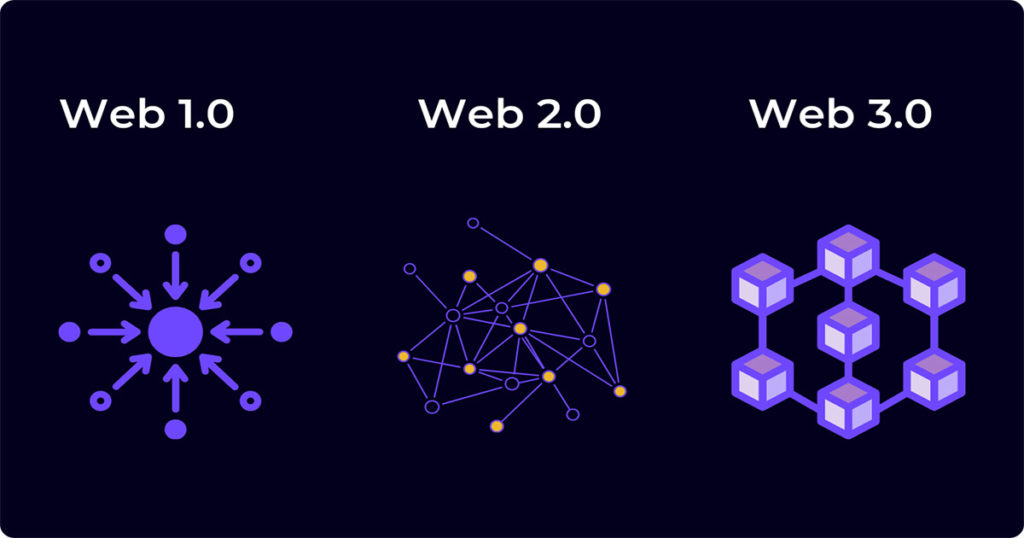
Through Web 3.0, everyone will be able to take part without worrying about loss of security or privacy. Due to the constant evolution in technology, the transition from Web 2.0 to Web 3.0 is quite apparent.
The Different Properties Of Web 3.0
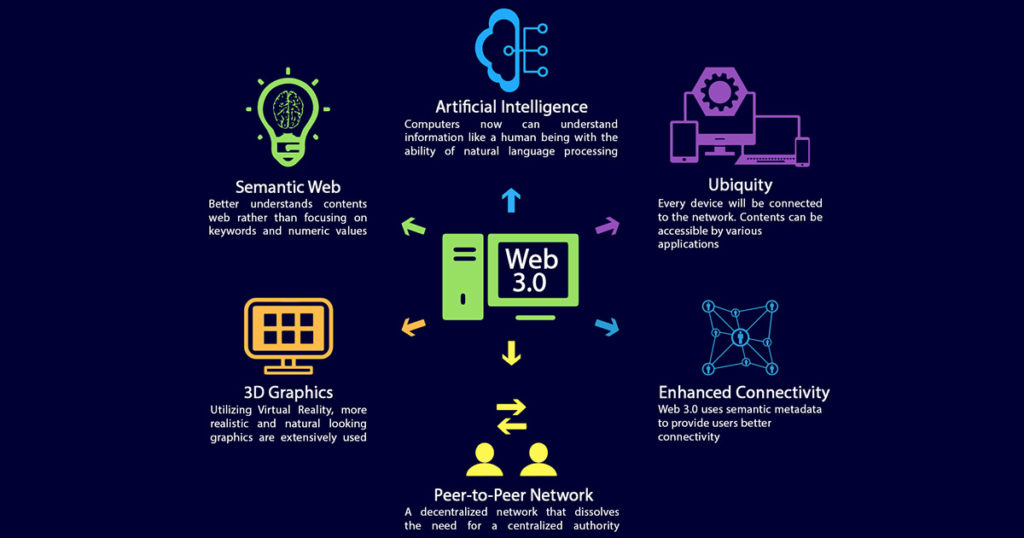
1. Semantic Web
Semantic Web is said to enhance web technologies in order to help with connecting and sharing content. It will also make it easier for a computer to directly understand internet data by comprehending meaning behind words instead of using keywords or numbers for decoding content. Combined with Web 3.0, Semantic Web is said to make things more user-friendly.
2. 3D Graphics
In order to make websites more interactive, Web 3.0 will completely depend on 3D designs. This includes things like e-commerce websites, computer games, museum guides, and so on, which will be using three-dimensional graphics on Web 3.0. Moreover, the use of virtual reality, augmented reality, and avatars is said to be the norm in Web 3.0.
3. Peer-to-Peer Network
Web 3.0 will be based on a decentralized network of open-source software. A decentralized network that dissolves the need for a centralized authority. It will also be trustless that allows peers to interact with each other without going through an intermediary. For this to work, Web 3.0 applications will need to run on blockchains or decentralized peer-to-peer networks, or a combination of both such as decentralized apps that are referred to as dApps.
4. Enhanced Connectivity and Ubiquity
With Web 3.0, the same content will be available across numerous applications. Plus, different devices will be able to access the services from anywhere in the world. Through this way, different organizations can use the information they need in order to run their operations, and they can do that from anywhere in the world through multiple devices.
5. Artificial intelligence (AI)
Through Web 3.0, computers will be able to differentiate and assess data like actual people so that they can offer the user better results. Along with artificial intelligence, computers will use natural language processing to evaluate information like the user, hence it will be able to meet the requirements of the user.
The Many Benefits Of Web 3.0
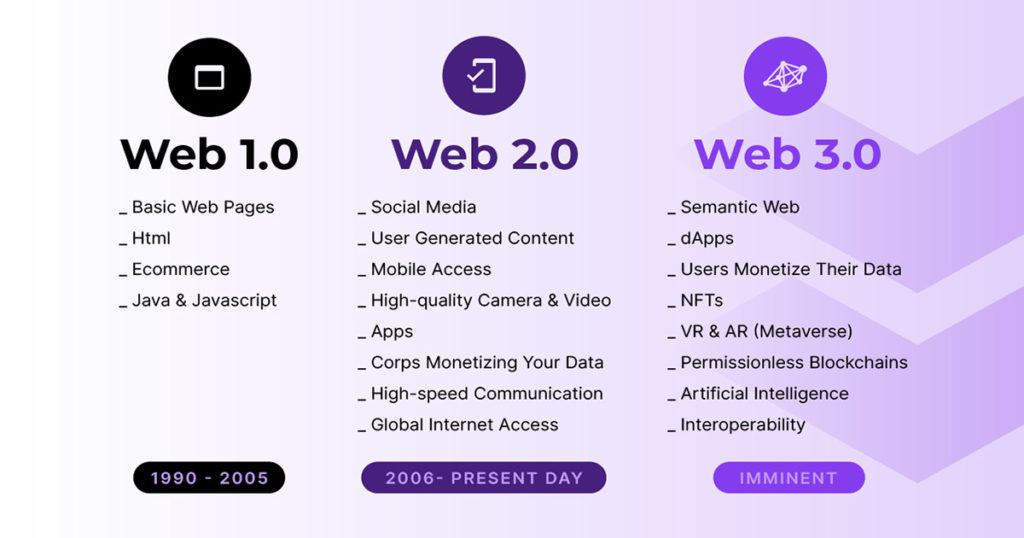
1. Better And More Personalized Browsing Experience
Even though adverts can nowadays feel a bit invasive, there is no doubt that they make it more convenient to easily click on a special offer that appeals to the user or might be something they actually need.
Web 3.0 will provide a more personalized browsing experience that will specifically cater to the person who is using it. Websites will be able to customize themselves to fit the different requirements of the user, such as their location, the device they are using, and so on.
2. Enhanced Search Engines
The fact that a person can use the search engines in their native language is a great advancement. This is just going to get more enhanced in Web 3.0. Businesses will get to take a more natural approach when it comes to Search Engine Optimization (SEO) on their websites, instead of following different keyword strategies.
3. Improved App Experiences
In addition to websites, web apps will also get more advanced in order to provide a better experience for its users. For example, apps like Google Maps is able to help with routes based on a user’s location, provides hotel recommendations, and gives live traffic updates, which was impossible during the era of Web 2.0. All of these experiences will get a lot richer with Web 3.0.
4. A More Secure Network
As opposed to its predecessors, Web 3.0 and its features will be a lot more secure. It will be difficult for exploiters and hackers to infiltrate any network. Even if they do end up somehow hacking the network, all of their operations will easily get tracked and then retracted right within the network.
5. No Service Interruption
There is no service interruption when it comes to distributed systems. With Web 3.0, a user does not have to worry about losing signal. Sharing data and critical services will become a lot easier.
Conclusion
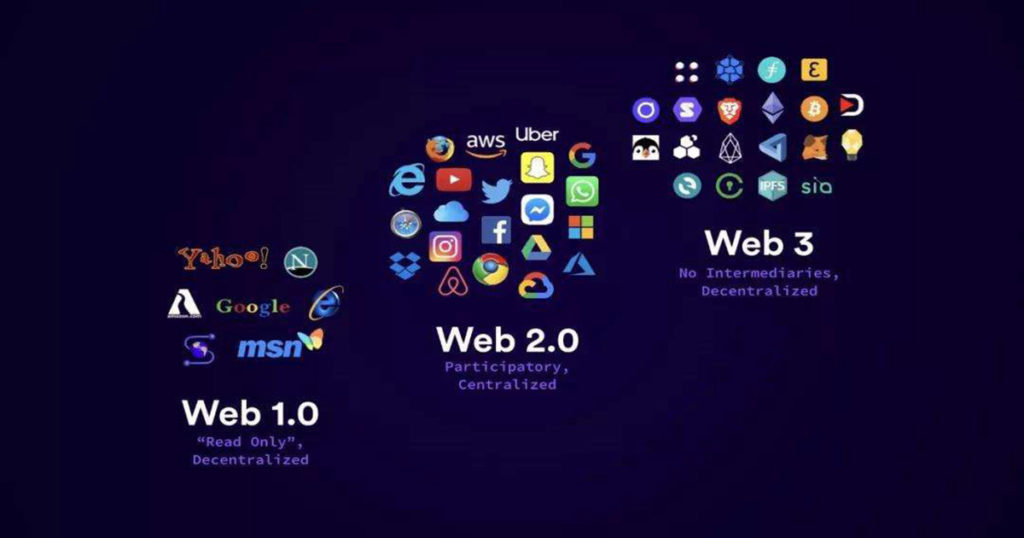
Similar to how IoT (Internet of Things) has created a more connected world digitally, Web 3.0 will also get rid of any other complexity that might be present on the web and make it more accessible for the entire world.
The world is still experiencing the early stages of Web 3.0 technology, however, it won’t be long before this internet service will become a vital part of everyone’s digital life.
Have an idea for an app you want to develop in the Web 3.0 space? Contact us to find out how we can help you build it.






